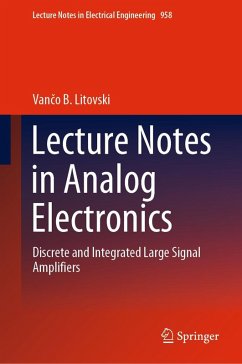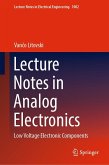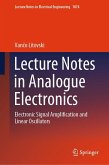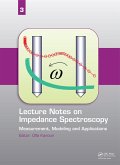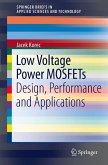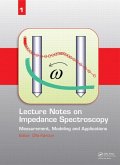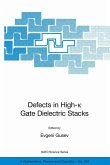This book discusses larger signal amplifiers (denoted as PA). Large signal amplifiers are dealing with signals whose magnitude is such that the operation of the active element can no longer be considered linear. They are usually designed to get as much power gain and efficiency as possible. That is why they are often called power amplifiers. In this book, two implementations of PA are considered. First, it is of interest to obtain large signals (current or voltage) at the output of a cascade of direct coupled amplifiers. In this case, linearity, frequency response, and speed are the most important requirements. Second are real power amplifiers where the power delivered to the load is of primary interest. Of course, efficiency, linearity, and high frequency response are of interest, too. A very special attention is paid to modern power electronic components such as Power BJT, VDMOS, IGBT, SiC MOS, and GaN HEMT. DC and switching properties of all these devices are studied in much detail. This book also includes a set of appendices which cover: solved problems, SPICE simulation results for selected set of circuits, and a short review of microelectronic technology process
Dieser Download kann aus rechtlichen Gründen nur mit Rechnungsadresse in A, B, BG, CY, CZ, D, DK, EW, E, FIN, F, GR, HR, H, IRL, I, LT, L, LR, M, NL, PL, P, R, S, SLO, SK ausgeliefert werden.

